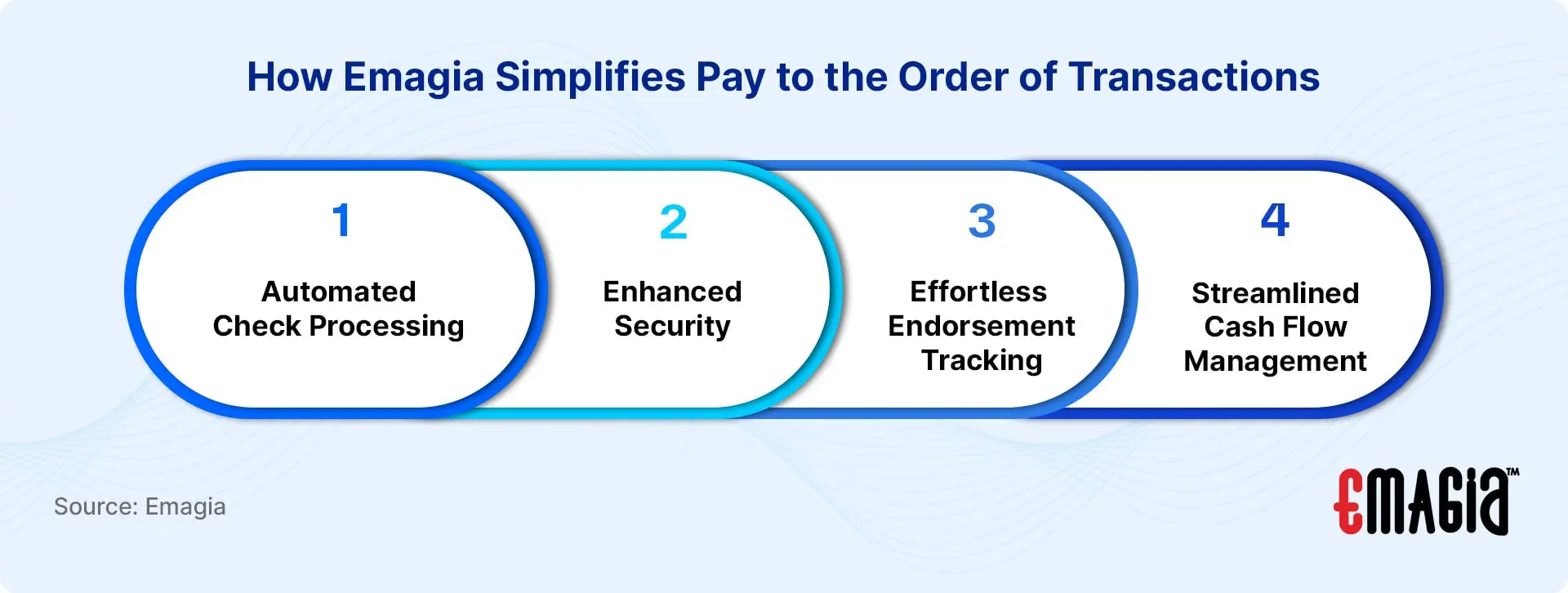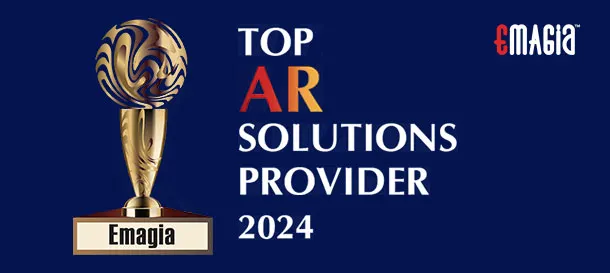In today’s digital world, traditional banking tools like checks still play a significant role in financial transactions. A crucial phrase you’ll encounter when dealing with checks is “Pay to the Order of.” But what does it really mean, and why is it so important? This article dives deep into its meaning, usage, and everything you need to know to master the art of using checks effectively.
What Does Pay to the Order of Mean?
The phrase “Pay to the Order of” is a directive found on checks, authorizing the bank to transfer a specific amount of money to a named person or entity. It specifies the payee — the person or organization authorized to receive the funds. This makes checks safer and more secure, as only the named payee can legally cash or deposit the check.
The Meaning Behind Pay to the Order of
This phrase traces its roots back to traditional banking practices. It was designed to provide a secure method of transferring money by clearly identifying the payee. This reduces the risk of unauthorized transactions or theft. When a check is written with “Pay to the Order of,” it effectively becomes a negotiable instrument that can be endorsed or transferred to another party by the payee.
Pay to the Order of Check Explained
A Pay to the Order of Check is a check where the payee’s name is written after the phrase. For example, if you write “Pay to the Order of John Smith,” only John Smith can cash or deposit that check. This specific wording provides a layer of protection against fraud, ensuring that the funds reach the intended recipient.
Check Pay to the Order of: How It Works
When writing a check, the Pay to the Order of line is where you specify the payee’s name. This line is crucial because:
- It clearly identifies the recipient.
- It authorizes the bank to release the funds to the named party.
- It prevents unauthorized cashing or depositing of the check.
For businesses, this is especially important as it ensures payments are made to the correct vendor or employee.
Why Use Pay to the Order of?
Using “Pay to the Order of” provides multiple benefits, including:
- Security: Limits who can cash or deposit the check.
- Clarity: Clearly defines the intended payee.
- Transferability: Allows the payee to endorse and transfer the check to another person or entity, maintaining control over the funds.
How to Write a Check with Pay to the Order of
- Start by writing the date on the top right corner.
- On the “Pay to the Order of” line, write the name of the payee clearly. Avoid using nicknames or incomplete names to avoid complications during deposit or encashment.
- Write the amount in words on the line below the payee’s name, ensuring it matches the numerical value in the box.
- Sign the check at the bottom to authorize the payment.
Legal Implications of Pay to the Order of
Legally, the phrase “Pay to the Order of” is a binding directive. It instructs the bank to pay the specified amount to the named payee and no one else unless the check is endorsed for transfer. This makes it a legally enforceable document under the Uniform Commercial Code (UCC) in the United States and similar laws in other countries.
Pay to the Order of vs. Pay to Bearer
- Pay to the Order of: Specifies a named payee who must endorse the check to transfer ownership. It’s more secure and traceable.
- Pay to Bearer: No specific payee is named, allowing anyone holding the check to cash or deposit it. This type is riskier as it can easily be lost or stolen.
Common Scenarios for Using Pay to the Order of
- Personal Transactions: Such as paying rent or sending a gift.
- Business Transactions: For vendor payments or payroll.
- Legal Settlements: Ensures the rightful party receives the funds.
How Emagia Simplifies Pay to the Order of Transactions
Emagia, an AI-powered Order-To-Cash platform, simplifies financial operations, including the processing of checks with “Pay to the Order of”. Here’s how Emagia helps:
- Automated Check Processing: Emagia digitizes check handling, reducing manual errors and speeding up payment reconciliation.
- Enhanced Security: Ensures that payments are securely processed to the correct payees, minimizing fraud risks.
- Effortless Endorsement Tracking: Tracks endorsements and transfers seamlessly, providing transparency in financial transactions.
- Streamlined Cash Flow Management: By automating check processing, Emagia optimizes cash flow, ensuring timely payments and improved financial planning.

With Emagia, businesses can effortlessly manage checks, enhancing efficiency and security in financial transactions.
FAQs about Pay to the Order of
What does Pay to the Order of mean on a check?
It specifies the recipient authorized to receive the check amount, ensuring only the named payee can cash or deposit it.
Can I cash a check without a Pay to the Order of name?
No, the check must have a specified payee to be cashed or deposited. Otherwise, it may be considered invalid.
Is Pay to the Order of mandatory on all checks?
Yes, most checks require this phrase to specify the payee and ensure legal authorization for payment.
What’s the difference between Pay to the Order of and Pay to Bearer?
“Pay to the Order of” names a specific payee, while “Pay to Bearer” allows anyone holding the check to cash or deposit it.
Can I endorse a check made to Pay to the Order of?
Yes, the named payee can endorse the check, transferring the payment rights to another person or entity.
Conclusion
Understanding “Pay to the Order of” is essential for safe and effective financial transactions. Whether you’re writing checks for personal use or business payments, this phrase safeguards your money by ensuring it reaches the correct recipient. With tools like Emagia, managing checks becomes more efficient and secure.
By mastering the use of “Pay to the Order of,” you enhance your financial literacy and protect your transactions, paving the way for smoother and safer banking experiences.







